Photos showed the Chinese capital engulfed in an orange haze on April 10, and shrouded in thick smog today. On Weibo, a user compared the storm to the sci-fi film "Blade Runner" and urged people to wear protective gear when going outside.
Beijing authorities have asked children and the elderly to stay indoors, while healthy adults are advised to limit outdoor activities. Residents are also reminded to close their windows and wear masks. The Beijing Meteorological Observatory said that due to the influence of cold air and a tropical cyclone, Beijing will experience strong gusts of wind and sandstorms on April 10 and 11, reducing visibility to less than 1 km. 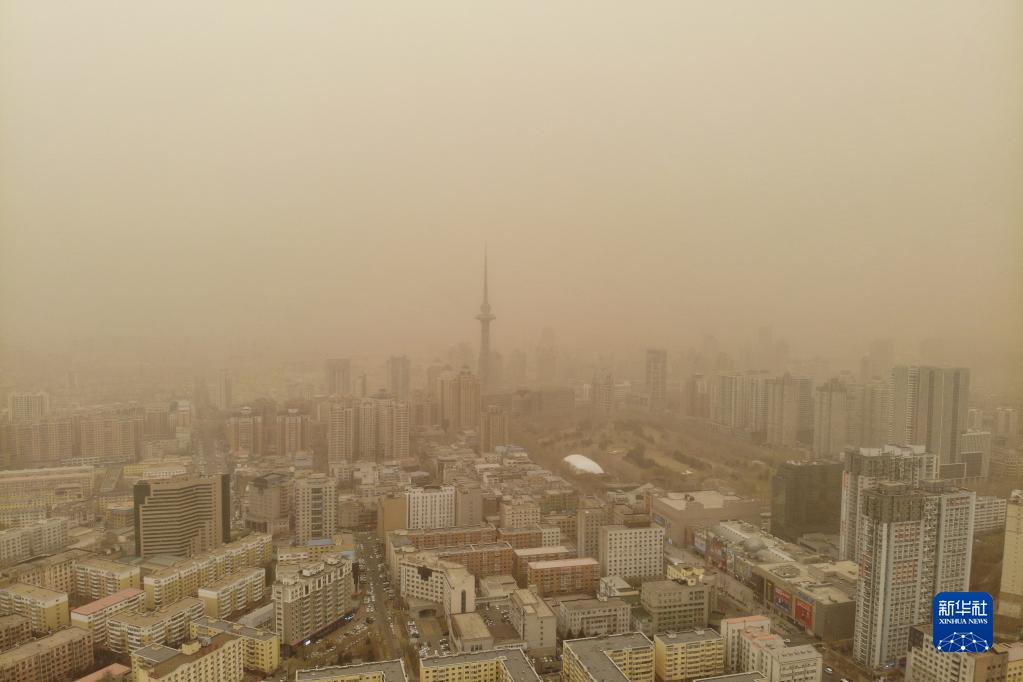
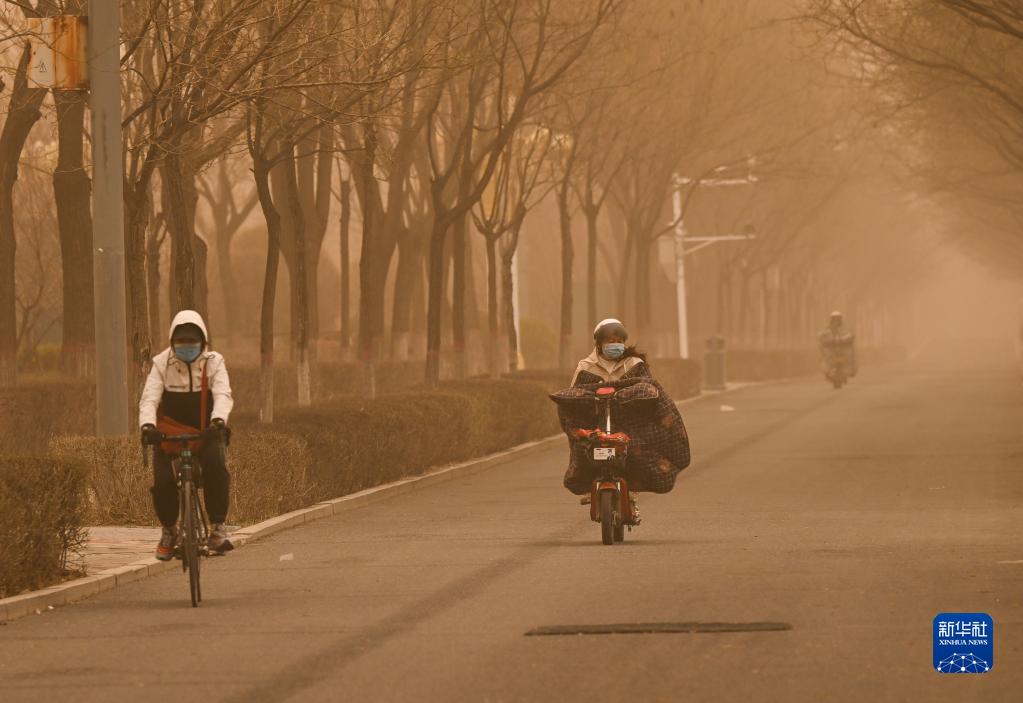 On April 10, the air quality index spiked to "severely polluted" level, according to the Beijing Municipal Ecological and Environmental Monitoring Center. The agency said that the PM10 fine dust density in most areas of the capital was around 200 μg/ m3 . By 8 p.m. on April 10 (local time), the PM10 fine dust density increased from 400 μg/ m3 to 1,321 μg/ m3 in one hour, reaching level 6 severe pollution. As a result, the Beijing Meteorological Observatory upgraded and issued a sandstorm warning signal to the yellow level. By 10 p.m. on April 10, the PM10 fine dust density reached 1,384 μg/ m3 and continued to remain at a very high level of 1,000 μg/ m3 at night. At 8:00 a.m. on April 11, the concentration of PM10 fine dust was 1,102 μg/ m3 , reaching a serious pollution level.
On April 10, the air quality index spiked to "severely polluted" level, according to the Beijing Municipal Ecological and Environmental Monitoring Center. The agency said that the PM10 fine dust density in most areas of the capital was around 200 μg/ m3 . By 8 p.m. on April 10 (local time), the PM10 fine dust density increased from 400 μg/ m3 to 1,321 μg/ m3 in one hour, reaching level 6 severe pollution. As a result, the Beijing Meteorological Observatory upgraded and issued a sandstorm warning signal to the yellow level. By 10 p.m. on April 10, the PM10 fine dust density reached 1,384 μg/ m3 and continued to remain at a very high level of 1,000 μg/ m3 at night. At 8:00 a.m. on April 11, the concentration of PM10 fine dust was 1,102 μg/ m3 , reaching a serious pollution level. 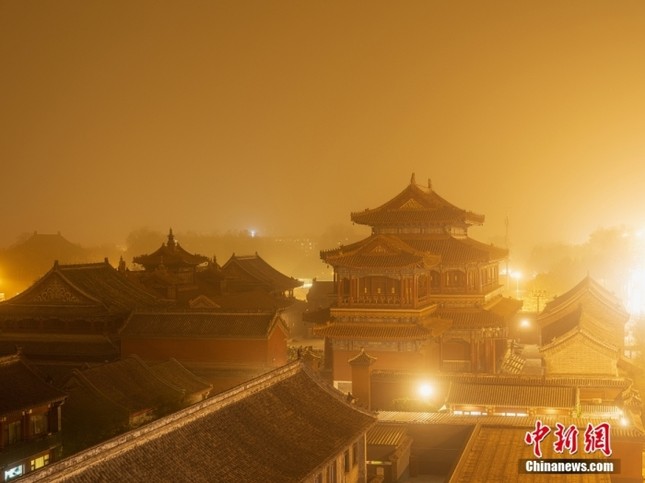 The sandstorm originated in southern Mongolia and moved south, affecting most areas north of the Yangtze River. Other affected areas include Xinjiang, Inner Mongolia, Gansu, Ningxia, Shanxi, Hebei, Tianjin, Shandong, Henan, Jiangsu , Anhui and Hubei. Meteorologists expect it to end by the evening of April 11.
The sandstorm originated in southern Mongolia and moved south, affecting most areas north of the Yangtze River. Other affected areas include Xinjiang, Inner Mongolia, Gansu, Ningxia, Shanxi, Hebei, Tianjin, Shandong, Henan, Jiangsu , Anhui and Hubei. Meteorologists expect it to end by the evening of April 11. 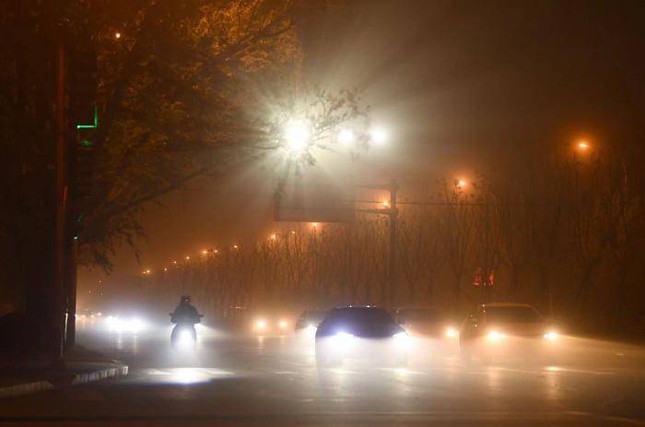 According to the Beijing Meteorological Bureau, Beijing has been hit by three sandstorms from March 1 to April 9. The latest sandstorm was the fourth since March 10 and the eighth since the beginning of the year, according to local media. The most severe sandstorm so far this year occurred on March 22, when PM10 concentrations in Beijing reached 1,667 μg/ m3 at 6 a.m., according to the Beijing Municipal Ecological and Environmental Monitoring Center.
According to the Beijing Meteorological Bureau, Beijing has been hit by three sandstorms from March 1 to April 9. The latest sandstorm was the fourth since March 10 and the eighth since the beginning of the year, according to local media. The most severe sandstorm so far this year occurred on March 22, when PM10 concentrations in Beijing reached 1,667 μg/ m3 at 6 a.m., according to the Beijing Municipal Ecological and Environmental Monitoring Center. 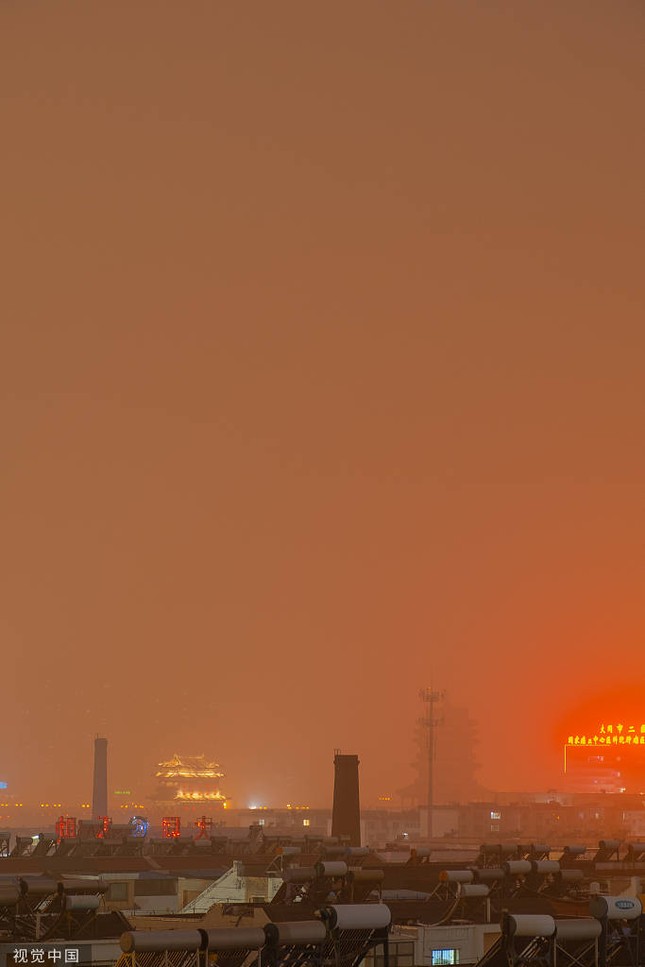 China News quoted some experts as saying that spring is the peak season for sandstorms because the upper reaches of rivers (where sand is abundant) receive low rainfall, while temperatures are high and winds are strong. Beijing is often hit by sandstorms in the spring due to increased industrial activity and rapid deforestation across northern China. China has a color-coded weather warning system, with red representing the most severe warning, followed by orange, yellow and blue.
China News quoted some experts as saying that spring is the peak season for sandstorms because the upper reaches of rivers (where sand is abundant) receive low rainfall, while temperatures are high and winds are strong. Beijing is often hit by sandstorms in the spring due to increased industrial activity and rapid deforestation across northern China. China has a color-coded weather warning system, with red representing the most severe warning, followed by orange, yellow and blue.

China's capital Beijing was hit by another sandstorm on April 10. Photo: Xinhua

The wind in Beijing is very strong during the day. Photo: Xinhua

Lama Temple in Beijing, submerged in sandstorm on the evening of April 10. Photo: China News

Beijing is covered in sand and fine dust. Photo: Sohu

Datong City, Shanxi Province, is shrouded in mist due to sandstorm. Photo: Sohu









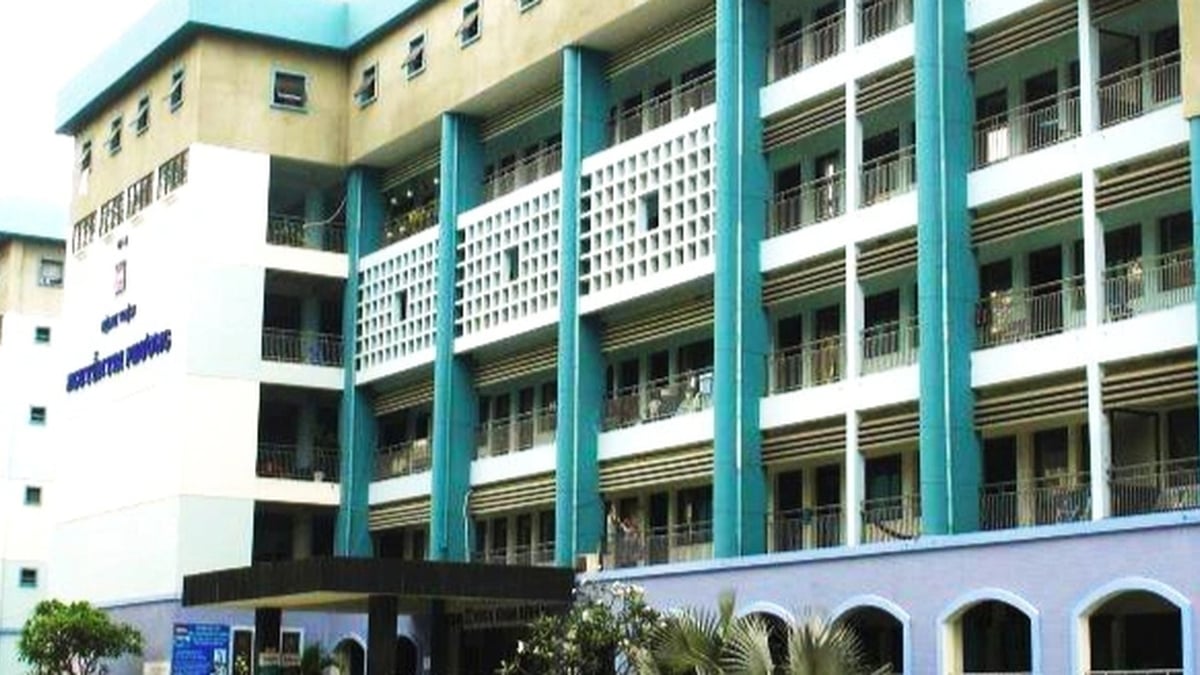


















![[Photo] National Assembly Chairman attends the seminar "Building and operating an international financial center and recommendations for Vietnam"](https://vphoto.vietnam.vn/thumb/1200x675/vietnam/resource/IMAGE/2025/7/28/76393436936e457db31ec84433289f72)



































































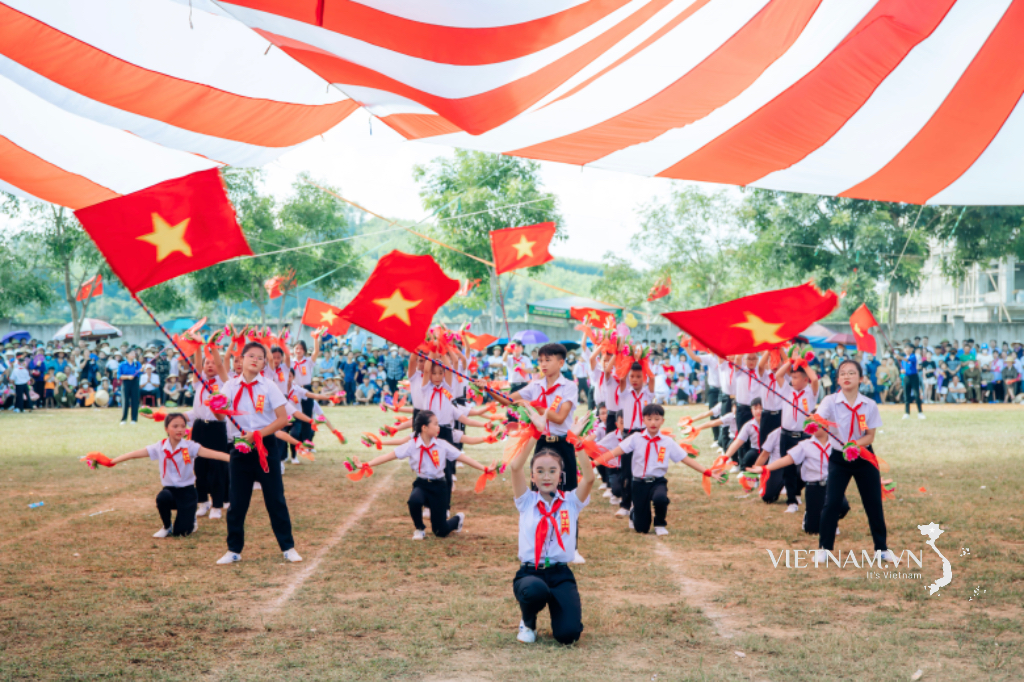

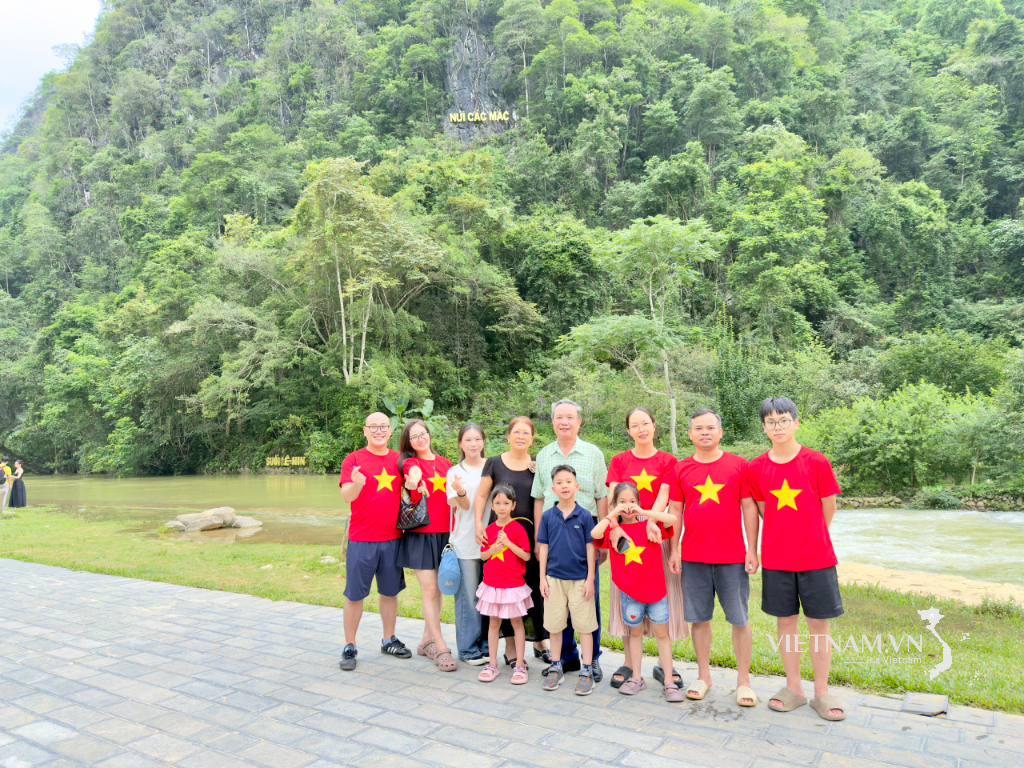
Comment (0)